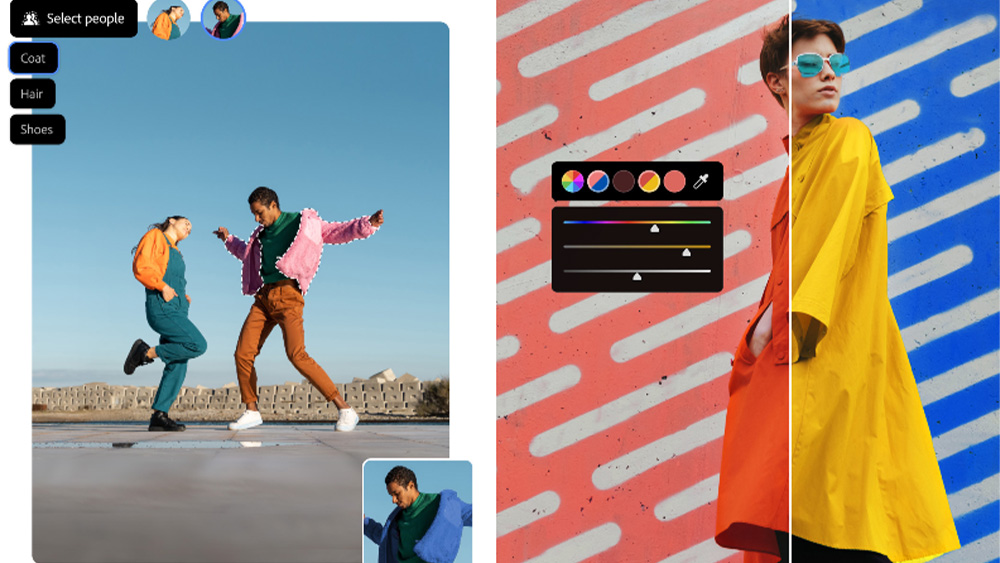
Adobe‘s Creative Cloud has been a point of contention since its 2013 launch, when the company pivoted away from traditional software ownership (you pay a one-off price) to a subscription-based model (you keep paying forever).
While the change brought regular updates and cloud features, for many creatives, these high monthly costs have become an increasingly painful expense. Of course, it’s fine if your employer is paying, but for freelancers and small studios operating on tight margins, it’s not fine at all.
Recently, the controversy has reached new heights, with the US Federal Trade Commission (FTC) launching an investigation into Adobe’s subscription practices. This has revealed some damning internal comms, including an executive who likened hidden cancellation fees to “heroin for Adobe”.
You may like
Now the company has announced another significant change to its pricing: one with potential to further alienate its user base.
No more Creative Cloud
From 17 June, Adobe will discontinue its Creative Cloud All-Apps subscription in the USA, Canada and Mexico, replacing it with two new tiers: Creative Cloud Pro and Creative Cloud Standard. The cleverness of this approach lies in its default option.
Existing All-Apps subscribers will automatically be transferred to Creative Cloud Pro: a plan that costs $69.99 billed monthly on an annual contract, $104.99 billed month-to-month, or $779.99 billed annually. That’s an increase, respectively, of $10 a month, $15 a month, or $120 yearly.
Adobe presents this higher tier as delivering enhanced value through expanded AI capabilities, including unlimited “standard” generative features and 4,000 monthly credits for “premium” generative options like text-to-video.
Daily design news, reviews, how-tos and more, as picked by the editors.
Meanwhile, for those who don’t want this new higher price, Adobe offers Creative Cloud Standard at $54.99 billed monthly on an annual contract, $82.49 billed month-to-month, or $599.88 annually, which is slightly cheaper than the current All Apps subscription (saving you $5 per month, $7.50 per month or $60 a year, respectively). The catch? You’ll only get 25 generative AI credits monthly versus the current 1,000, and access to mobile and web app functionality will also be restricted.
Let’s be clear: Adobe’s software is excellent, and according to the company, its generative AI features are popular and widely used. So it may well be that the more expensive subscription is worth the extra money.
But if that’s the case, why doesn’t Adobe make it something people can opt into, rather than the default option? The fact they’ve done the reverse gives the impression that they don’t actually have the confidence to make that argument convincingly. And that really, they just want your money.
Just to be clear: everyone I’ve ever spoken to at Adobe has been lovely, and seem to genuinely believe they’re helping creatives achieve their dreams, by creating the best software possible. But moves like this, unfortunately, create the opposite impression.
The streaming service playbook
Does any of this sound familiar? If so, it’s probably because Adobe’s strategy mirrors tactics employed by streaming giants. Services like Netflix and Amazon Prime have repeatedly hiked their prices while introducing lower-cost, ad-supported tiers that offer reduced functionality (such as HD but not 4K viewing).
Adobe is constantly adding new features to its software such as Illustrator, but how long can creatives stomach rising prices? (Image credit: Adobe)
The pattern is familiar: raise the price of the premium offering while introducing a more limited option at a lower price point, creating the illusion of choice while nudging most customers toward the higher tier.
Netflix, for instance, has increased its standard subscription price multiple times while launching a cheaper ad-supported service… well, cheaper for a while, anyway. Similarly, Prime has raised prices while maintaining a video-only option. Such moves appear to give consumers options, but slowly, subtlely, they end up in across-the-board price hikes for everyone.
Adobe’s approach might actually be even more effective than that. By making Creative Cloud Pro the default migration path, Adobe is leveraging the power of inertia: most users simply won’t bother to downgrade, even if they’re facing higher costs.
An opening for rivals?
It’ll be interesting to see, though, how far Adobe can push it. In the streaming world, price increases are already triggering subscription fatigue, with many households cancelling services they use less frequently, or only signing up for short periods to binge specific content.
Canva’s takeover of Affinity suggests Adobe should be worried about the competition (Image credit: Canva)
Adobe’s pricing strategy may eventually produce similar effects. As costs continue to rise, professionals and organisations will inevitably reassess their software needs and explore Illustrator alternatives and Photoshop alternatives.
And there are plenty of alternatives out there. For instance, Affinity (recently acquired by Canva) offers perpetual license options with no subscription fees. Other tools like Figma, Sketch and Procreate have carved out niches by focusing on specific creative workflows at more accessible price points.
In short, Adobe may soon discover that even the most loyal customers have limits to what they’ll pay, especially when viable alternatives exist.
